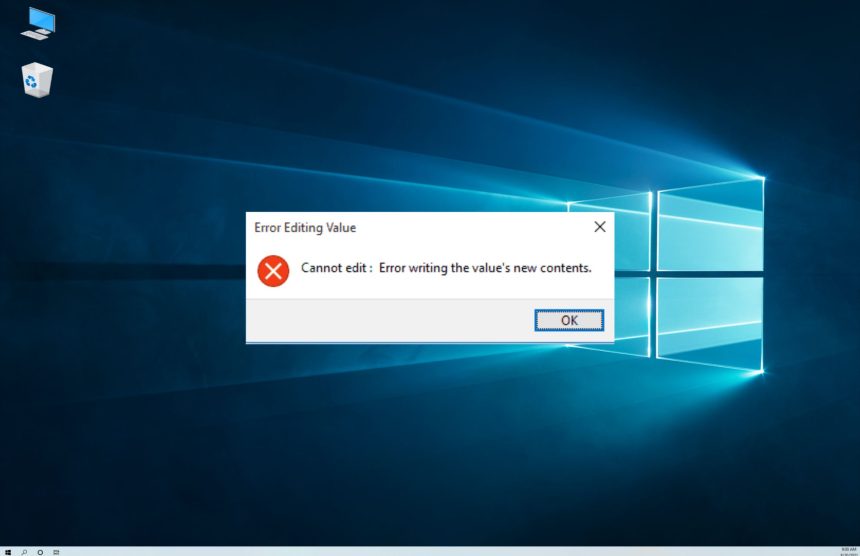Understanding the Windows Registry System
For most users of Windows operating systems, backing up the Windows registry is paramount.
The Windows registry functions as a database that stores crucial information about your computer. It keeps a record of user profiles, configuration settings, and installed programs.
However, there may be instances when your computer faces system overload, which could result in data loss or misplaced data. If this happens, it’s time to repair your computer’s registry.
Creating Backups for Safety
Repairing the registry on a computer is not as straightforward as counting 1-2-3, nor is it as complex as repairing an automobile. The process essentially involves resetting the registry information to its default state or fixing any errors that may have occurred.
Regardless of the complexity or simplicity of the process, creating backups is a necessary step.
Backups are vital to ensure data recovery if the registry repair fails. They also allow you to restore the default settings of your computer’s registry if you’re unable to repair it.
One approach to repairing a computer’s registry is to create a backup for your Registry Checker. This is where registry editing comes into play.
The Windows registry includes a built-in Registry Editor. It can be accessed from the Start menu by running ‘regedit.exe’.
RegEdit is a powerful tool dedicated to repairing a computer’s registry. It allows you to change, edit, or modify your registry.
However, if all else fails, it’s crucial to be prepared for such events.
Fortunately, several tools are designed and dedicated to repairing a computer’s registry. While many of these are available in the market today, none can guarantee a 100% error-free solution.
The key takeaway is that to avoid errors in your computer system, it’s best to steer clear of activities that may cause system instability. As the old saying goes, prevention is better than cure, especially when it comes to repairing your computer’s registry.





